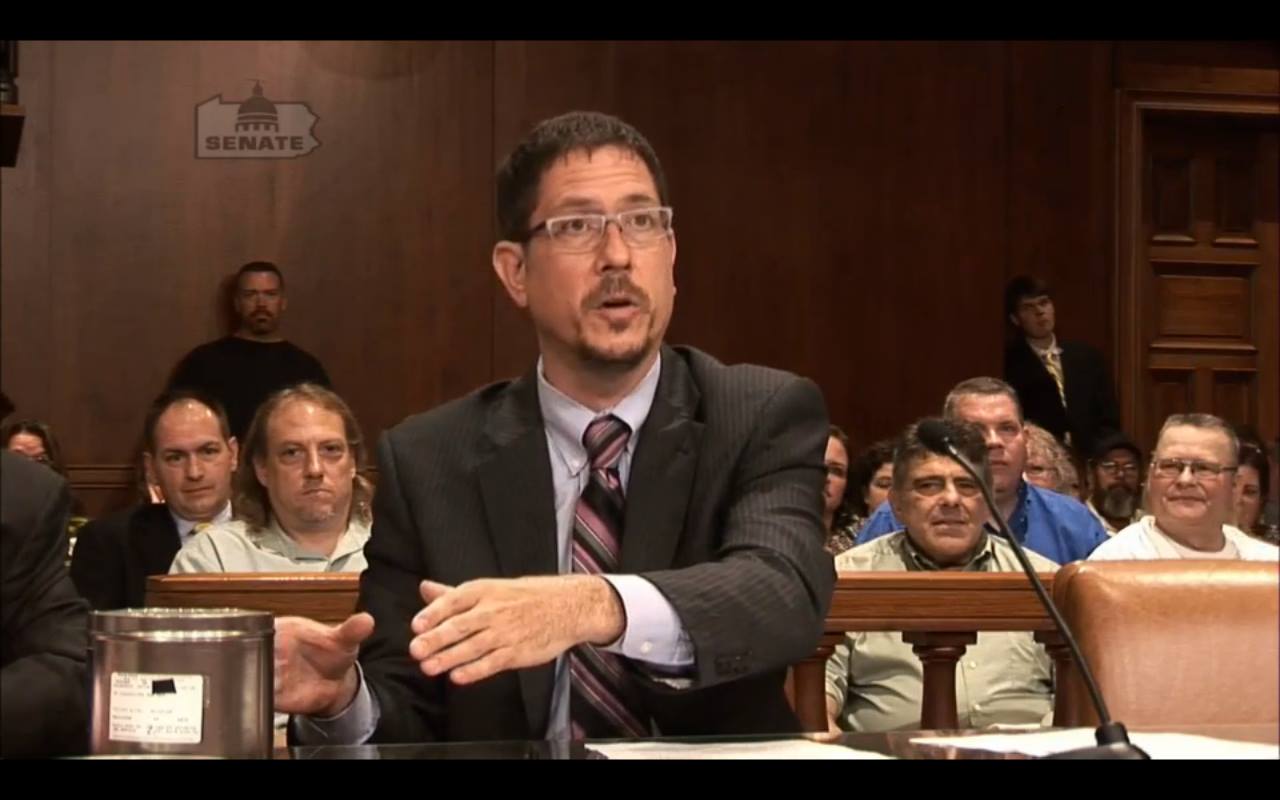Experienced Federal Appeal Attorneys: Proficient Depiction for Facility Instances
Experienced Federal Appeal Attorneys: Proficient Depiction for Facility Instances
Blog Article
Debunking the Process of Federal Appeals: What You Need to Know
Browsing the detailed world of government charms can often feel like going across undiscovered waters for those not familiar with the process. Comprehending the nuances of appellate court jurisdiction, the intricacies of submitting a notification of appeal, presenting an engaging brief, and making a convincing oral debate are important elements that can substantially impact the outcome of a situation. By unraveling the layers of intricacy bordering government appeals, people can gain a clearer insight into the devices that regulate this crucial stage of the lawful system.
Understanding Federal Appeals Refine
Exploring the intricate realm of the government appeals procedure reveals a systematic and structured journey with the judicial system. Federal allures act as an important system for examining decisions made by reduced courts. Recognizing this process is vital for any person entailed in legal procedures at the government degree.
The process generally begins with a party dissatisfied with a reduced court's ruling filing a notification of charm. This triggers a testimonial by a greater court, where a panel of courts assesses the legal arguments offered by both parties. Briefs describing the lawful thinking behind each party's position are submitted, and dental disagreements might be heard to clarify complicated problems.
The appellate court's choice is based on a thorough examination of the reduced court's proceedings and the arguments presented. Once the appellate court gets to a decision, it can attest, reverse, remand, or customize the lower court's ruling, offering quality and finality to the legal dispute.
Appellate Court Territory Clarified
As we progress from recognizing the federal charms process to exploring the complexities of appellate court territory, an essential facet emerges pertaining to the authority and restrictions of these greater courts in the legal landscape. Appellate court jurisdiction refers to the extent of instances that a certain appellate court has the power to make a decision and review upon. Unlike trial courts that hear cases for the very first time, appellate courts are limited to reviewing decisions made by reduced courts. These decisions can include judgments from both state and government courts.
Appellate courts have territory over details kinds of instances, commonly those involving legal mistakes, procedural issues, or concerns of law as opposed to valid disputes. The territory of appellate courts is typically detailed in statutes and laws that govern the court system. Understanding appellate court jurisdiction is essential for parties included in the allures process as it identifies whether a situation is qualified for testimonial and the level to which the appellate court can intervene in the lower court's choice.
Filing a Notification of Appeal
The first action in starting the government appeals process includes filing a Notification of Appeal with the proper appellate court. This essential document formally alerts the court and the various other celebrations involved in the instance that the appealing party plans to look for an evaluation of the reduced court's choice. Submitting a Notice of Allure is a strict step-by-step requirement that sets the appellate process in activity.
When preparing the Notification of Appeal, it is necessary to make sure conformity with the details regulations and guidelines of the pertinent appellate court. federal crime lawyer. The record must normally consist of information such as the situation name, the lower court's name, the date of the judgment being appealed, and a succinct declaration indicating the premises for the allure

Instruction and Dental Debate
In the appellate procedure, offering written briefs and engaging in dental debates play pivotal duties in promoting for the appealing party's placement prior to the appellate court. Briefs are thorough legal documents that outline the events' arguments, legal authorities, and analysis supporting their positions. These written submissions provide the court with an in-depth understanding of the truths of the instance, the pertinent regulation, and why the appealing party believes the reduced court's choice must be reversed.
Complying with the entry and evaluation of the briefs, oral arguments supply the celebrations an opportunity to more clarify their settings, address any kind of inquiries the appellate judges might have, and highlight crucial factors from their written briefs. Dental arguments are a chance for the lawyers to convince the courts through verbal advocacy and feedbacks to inquiries from the bench.
Both the written briefs and dental arguments are crucial elements of the appellate procedure, permitting parties to provide their instance thoroughly and compellingly before the appellate court. - federal crime attorney
Receiving the Appellate Court Choice
Upon completion of oral debates and entry of written briefs, the following pivotal phase in the appellate procedure entails awaiting the decisive ruling from the appellate court. This duration of expectancy can be full of a mix of anxiety and hope for events included in the allure. The appellate court's choice is commonly delivered in a composed format and describes the court's final thoughts on the lawful issues offered, the reasoning behind their decision, and the judgment provided. The time structure for obtaining the appellate court's decision can differ, but courts aim to give timely resolutions. Once the decision is released, parties should very carefully assess the court's judgment to recognize the result and establish any type of additional actions that may be necessary. Whether the appellate court attests, turns around, or remands the lower court's decision, recognizing the effects of the ruling is critical for all events associated with the appellate procedure. Immediately assessing and understanding the appellate court's choice is crucial in browsing the next actions in the legal process.
Conclusion
Comprehending the appellate court territory, filing a notification of charm, preparing briefs, and providing dental debates are all vital parts of this process. Eventually, receiving the appellate court choice can provide clearness and resolution to lawful disputes.
As we progress from comprehending the federal appeals procedure to exploring the ins and outs of appellate court jurisdiction, an essential aspect comes to light pertaining to the authority and restrictions of these higher courts in the legal landscape. Appellate court territory refers to the range of instances that a specific appellate court has the power to examine and decide upon. Unlike test courts that listen to situations for the initial time, appellate courts are limited to assessing choices made by reduced courts. Understanding appellate court jurisdiction is critical for events involved in the appeals process as it identifies whether an instance is eligible for evaluation and the degree to which the appellate court can interfere in the reduced court's choice.

Report this page